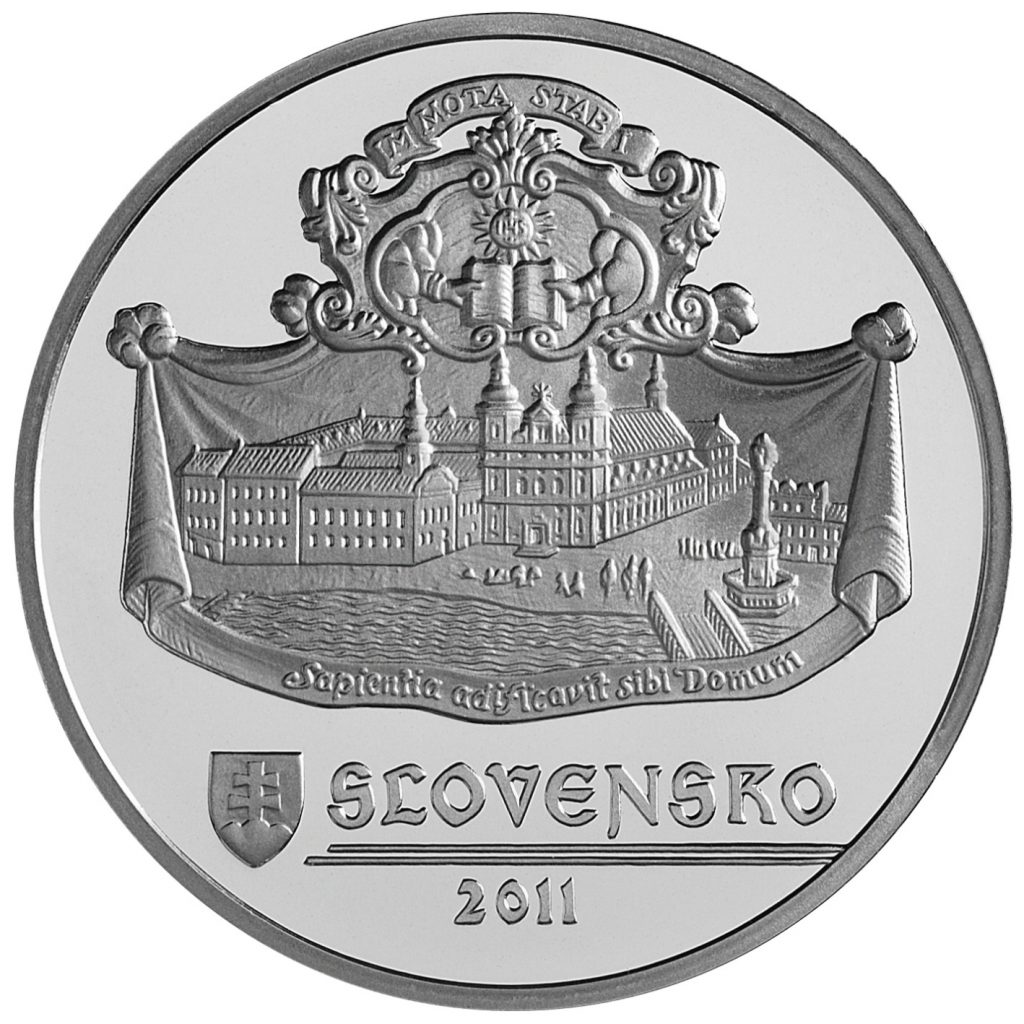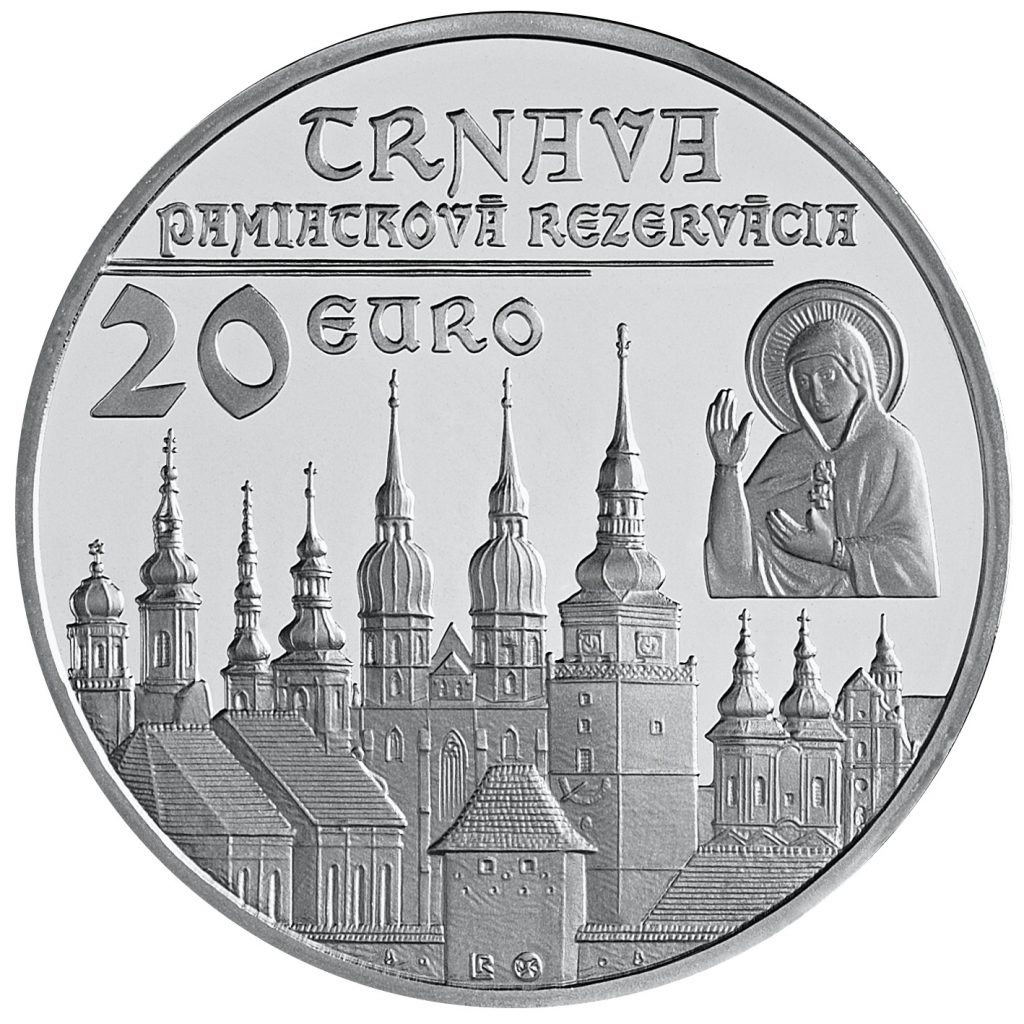-
NBS Tasks
Browse topics
- Monetary policy
- Financial market supervision
- Financial stability
- Banknotes and coins
- Payments
- Statistics
- Research
- Legislation
-
Publications
- Activity Report of the NBS Innovation Hub Annual Report Carbon Footprint Report of NBS Climate-related disclosures of NBS non-monetary policy portfolios Economic and Monetary Developments Financial Stability Report Investment Policy Statement of the National Bank of Slovakia Macroprudential Commentary
- Policy Briefs Report on the Activities of the Financial Market Supervision Unit Research Papers: Working and Occasional Papers (WP/OP) Statistical Bulletin Structural Challenges Other publications Sign up for your email notifications about publications
- About the Bank
- Media
- Frequently asked questions
-
For the public
Browse topics
- About the Bank
- Exchange rates and interest rates
- Banknotes and coins
- Payments
- Financial stability
- Financial market supervision
- Statistics
- Legislation
-
Publications
- Activity Report of the NBS Innovation Hub Annual Report Economic and Monetary Developments Financial Stability Report Macroprudential Commentary
- Report on the Activities of the Financial Market Supervision Unit Research Papers: Working and Occasional Papers (WP/OP) Statistical Bulletin Other publications Sign up for your email notifications about publications
- Frequently asked questions
- Media
- Careers
- Contact
Trnava Heritage Site
€20 silver collector coin
Trnava belongs to the most important towns in Slovakia. It features a rich history and many architectural treasures, foremost among which are valuable religious monuments. Historic buildings originate from older settlements located at the crossroads of ancient trade routes. The seat was first mentioned in 1211 in a deed of the Archbishop of Esztergom. The Hungarian king Bela IV granted this thriving market place the privileges of a free royal town in 1238, thanks to which Trnava is considered the oldest recorded royal town in Slovakia. In the 16th century, the town assumed the role of a religious and cultural centre of the country for 150 years, because the southern part of the Hungarian Kingdom was threatened and occupied by the Turks. In 1543, the Archbishop of Esztergom moved here and synods convened in the town. Owing to this and with its many churches, Trnava has been called the “Slovak Rome”. Cardinal Peter Pázmány founded a university here in 1635 changing the town into a hub of the highest education. In 1987, Trnava’s historic centre was declared a historical preservation area.
-
Coin description
Obverse:
The obverse side of the coin shows the historical townscape of Trnava University and the University Cathedral of St John the Baptist. The state emblem of the Slovak Republic is in lower left part of the field, next to the country name SLOVENSKO. Below them are two horizontal lines and the year 2011.Reverse:
The reverse side depicts Trnava’s most significant architectural landmarks: the synagogue, the Church of St Anne, the Church of the Assumption of the Blessed Virgin Mary, the Church of St Jacob, the Basilica of St Nicholas, the Town Tower, the Church of the Holy Trinity, the Church of St Joseph, and the fortification tower. To the side of this scene is a depiction of the Virgin Mary of Trnava. In the upper part of the field are two lines of text, reading “TRNAVA PAMIATKOVÁ REZERVÁCIA” (Historical Preservation Area of Trnava), and below them are two horizontal lines and the nominal value of 20 EURO. The stylised initials of the coin’s designer, Roman Lugár and the mark of the Kremnica Mint are set in the steeple outline at the base of the coin.
-
Coin details
Designer: Roman Lugár Composition: .925 silver, .75 copper Weight: 33.63 g Diameter: 40 mm Edge: NAJKRAJŠIE HISTORICKÉ MESTÁ
(Most beautiful historical towns)Producer: Kremnica Mint Engraver: Dalibor Schmidt Issuing volume: 8,150 coins in brilliant uncirculated quality
9,950 coins in proof qualityIssuing date: 27 September 2011

